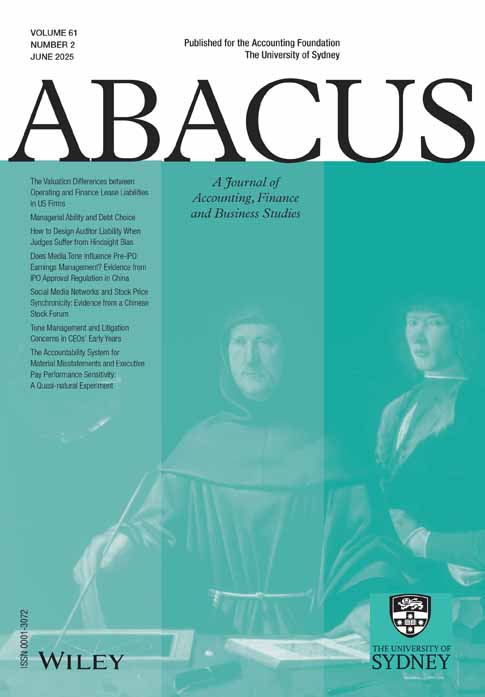Is Fair Value Always the Relevant Measure of Liabilities? Evidence from Bond Trades in the Secondary Market
The author is deeply indebted to his dissertation chair, A. Rashad Abdel-Khalik, for the invaluable guidance and support. The author also acknowledges his dissertation committee—Theodore Sougiannis, David Koo, and Jaewon Choi—for their comments. The author would like to thank workshop participants at University of Illinois–Urbana-Champaign, Peking University, California Polytech, and California State University–Northridge.
Abstract
Liabilities measured at fair value is a controversial topic, with major criticisms still unaddressed. Despite these criticisms, standard setters have chosen to move forward with a fair value oriented balance sheet. This study addresses two of these major criticisms by examining whether liabilities measured at fair value bring relevant information to the estimation of credit risk. Using the credit spreads of US non-financial firms as a proxy for credit risk, the results show that liabilities measured at fair value are not as relevant to credit risk estimation as liabilities measured on a non-fair value basis. Additionally, this study finds no support for the claim that the relevance of liabilities at fair value depends on a symmetrical application to the asset side of the balance sheet. Taken together, this study provides evidence that fair value is not always the relevant measure of liabilities.




